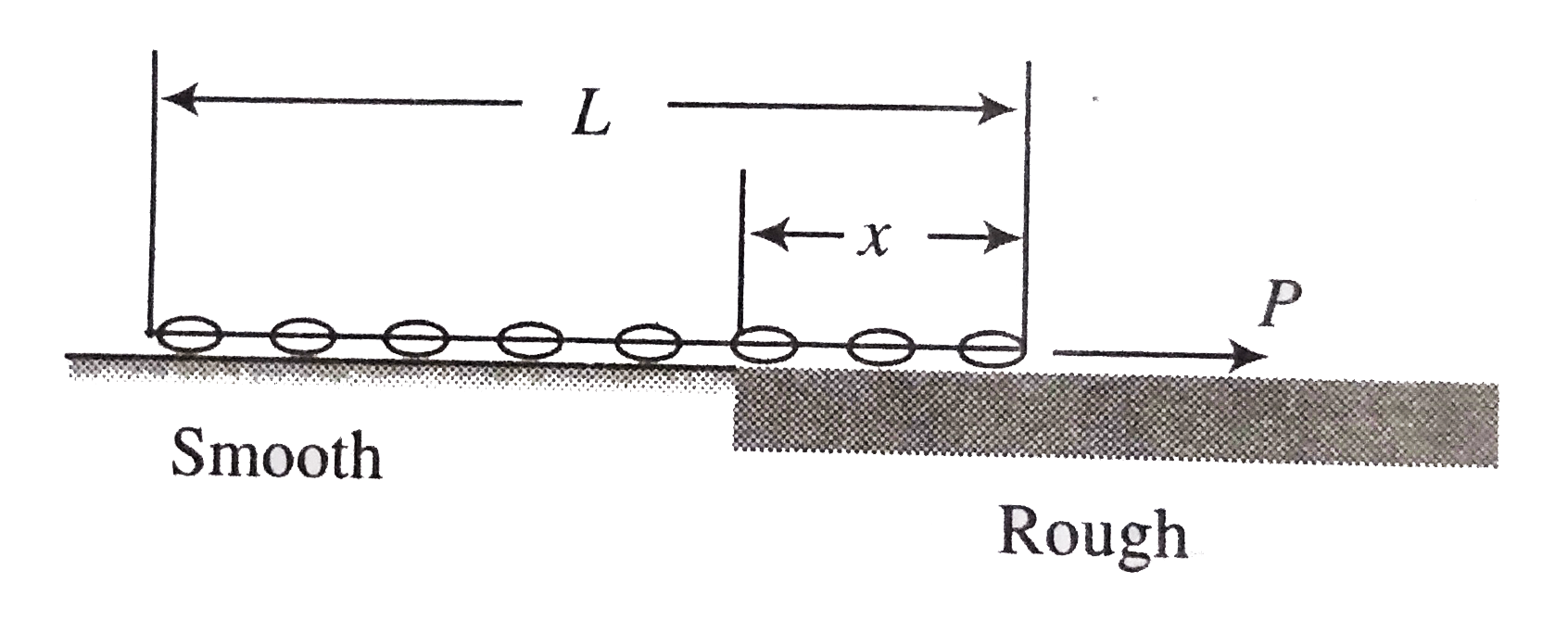Give reasons for the following:
Rough surface of a catalyst is more effective than smooth surface.
To explain why a rough surface of a catalyst is more effective than a smooth surface, we can break down the reasoning into clear steps:
1. Understanding Catalysts: A catalyst is a substance that increases the rate of a chemical reaction without being consumed in the process. The effectiveness of a catalyst is largely dependent on its surface area.
2. Role of Surface Area: The surface area of a catalyst is crucial because it determines how many reactant molecules can come into contact with the catalyst at any given time. A larger surface area allows for more collisions between reactants and the catalyst.
3. Rough vs. Smooth Surfaces:
- A rough surface has many irregularities, crevices, and protrusions. This increases the total surface area available for adsorption of reactant molecules.
- In contrast, a smooth surface is uniform and flat, which limits the area available for reactant molecules to interact with the catalyst.
4. Extent of Adsorption: The extent of adsorption refers to how much of the reactant can adhere to the surface of the catalyst. Since rough surfaces have more area, they can adsorb more reactant molecules compared to smooth surfaces.
5. Catalytic Action: The catalytic action is directly proportional to the area of contact between the catalyst and the reactants. Therefore, since rough surfaces provide a greater area of contact, they enhance the catalytic action more effectively than smooth surfaces.
6. Conclusion: In summary, rough surfaces of catalysts are more effective than smooth surfaces because they have a larger surface area, allowing for greater adsorption of reactant molecules and thus facilitating more effective catalytic action.
- A rough surface has many irregularities, crevices, and protrusions. This increases the total surface area available for adsorption of reactant molecules.
- In contrast, a smooth surface is uniform and flat, which limits the area available for reactant molecules to interact with the catalyst.
Topper's Solved these Questions
- SURFACE CHEMISTRY BOOK - ICSECHAPTER - SURFACE CHEMISTRY EXERCISE - EXERCISE (PART-II ( DESCRIPTIVE QUESTIONS )) ( LONG ANSWER QUESTIONS)
41 Videos
- SURFACE CHEMISTRY BOOK - ICSECHAPTER - SURFACE CHEMISTRY EXERCISE - ISC EXAMINATION QUESTIONS
4 Videos
- SURFACE CHEMISTRY BOOK - ICSECHAPTER - SURFACE CHEMISTRY EXERCISE - EXERCISE (PART-II ( DESCRIPTIVE QUESTIONS )) (VERY SHORT ANSWER QUESTIONS)
31 Videos
- SPECIMEN QUESTION PAPERBOOK - ICSECHAPTER - SPECIMEN QUESTION PAPEREXERCISE - QUESTION
140 Videos
- THE SOLID STATEBOOK - ICSECHAPTER - THE SOLID STATEEXERCISE - MULTIPLE CHOICE QUESTIONS (Assertion-Reason based questions)
10 Videos
Similar Questions
Give reason for the following:
Zeolites act as shape selection catalysts.
View SolutionGive reason for the following.
Weight of an object on Jupiter is more than that on the Earth.
View SolutionGive reasons for the following ,
Alkances are more stable than silances .
View SolutionGive reasons for the following:
CH2=CHΘ is more basic than HC≡CΘ
View SolutionWhich of the following change (s) in the presence of catalyst ? (More than one correct answer)
View SolutionWhich one of the following statements is wrong?
a. Physical adsorption of gas directly related to its critical temperature.
b. Chemical adsorption decreases regularly as the temperature is increased.
c. Adsorption is an exothermic process.
d. A solid with a rough surface is a better adsorbent than the same solid with a smooth surface.
View SolutionA chain of length L is placed on a horizontal surface as shown in figure At any instant x is the length of chain on rough surface and the remaining portion lies on smooth surface limitlly x=0 A horizontal force p is applied to the chain (as shown in figure) in the duration from x=0→x=L For chain to move with constant speed

View SolutionIdentify the correct order of steps in heterogeneous catalysis.
(i) Adsorption of reactant molecules on the surface of the catalyst.
(ii) Diffusion of reactant to the surface of the catalyst.
(iii) Formation of reactions product on the catalyst surface.
(iv) Diffusion of reactions product from the catalyst surface.
(v) Formation of activated intermediate.
View SolutionGive reason for each of the following:
For ferric hydroxide sol the coagulating power of phosphate ion is more than chloride ion.
View SolutionA: Evaporation of water is fast on the surface of moon as compared to earth.
R: On the surface of moon temperature is much greater than the surface of earth.
View Solution
